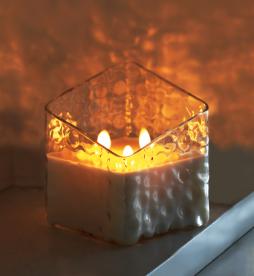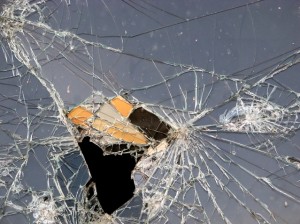Glass Yankee Candle products recalled
Yankee Candles is voluntarily recalling about 31,000 scented candles in square glass holders that the company sold between September 2016 and November 2016. According to the Consumer Product Safety Commission, which investigated consumer complaints regarding the product, lit candles can generate enough heat to crack the glass holders.
The CPSC received reports of 16 candleholders that broke while the candle was lit. The broken candleholders could cause a laceration injury, but the CPSC was not aware of any injuries that had occurred due to the defect.
Yankee Candle encourages consumers who purchased the company’s Luminous Collection candles to return the product (in any condition) to the company for a full refund. The scented candles were produced in six fragrances, including Sea Salt and Coral, Blackberry and Sage, Apple Blossom and Melon, Sugarcane and Honey, Pine and Sandalwood, and Cinnamon and Cedar. The recalled products originally retailed for $35.
Glass that is intended for use around heat sources should be tempered for safety. Tempered glass can resist heat damage up to about 400°. Glass has become a very popular decorating material. Tempering the glass can not only help the glass resist sudden or significant changes in temperature, it can also help the glass to absorb impacts better without shattering.
If you intend to use glass in large volumes to decorate your home – as a wall covering or countertop material – consult with a local glass shop before installing plate glass. A glass shop can provide custom fit, tempered glass for use in your home. Tempered glass cannot be cut once it has been heat-treated, so it must be fit prior to heat treatment.
Glassprimer™ glass paint is a specialized glass coating that bonds permanently to glass surfaces. GlassPrimer also makes a glass surface molecular activator that is designed to work with UV-inkjet glass printing processes. For more information about Glassprimer™ glass paint, please visit the rest of our site. If you’d like to purchase Glassprimer™ glass paint, please visit our online store .
Photo Credit: Consumer Product Safety Commission/Yankee Candle



